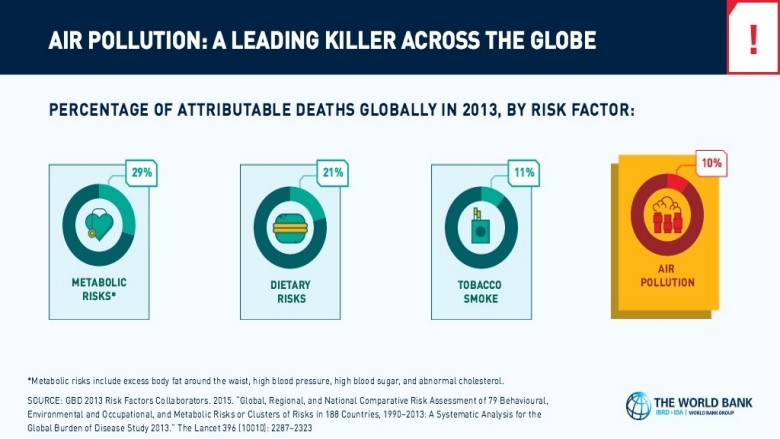1. A healthy environment is fundamental to poverty reduction. Environmental income accounts for about 28 percent of income worldwide, with particular importance for low-income households. Three-quarters of this income comes from natural forests, and one in eleven people are lifted out of extreme poverty thanks to forests. Without policies and action to address the climate challenge, an estimated 100 million more people will move into poverty by 2030.
2. Getting it right on climate change is also an opportunity to create jobs, economic growth and other benefits. Last year the number of U.S. jobs in solar energy overtook those in fossil fuel extraction for the first time – solar jobs grew 12 times faster than overall job creation. In China, there are 35 percent more people working in clean energy than in oil and gas.
3. Air pollution costs money and lives. Air pollution is the fourth largest risk factor for premature deaths, causing one in ten deaths globally. Premature deaths caused by air pollution are tragic and come at a high price tag of an estimated $225 billion in foregone labor each year.


